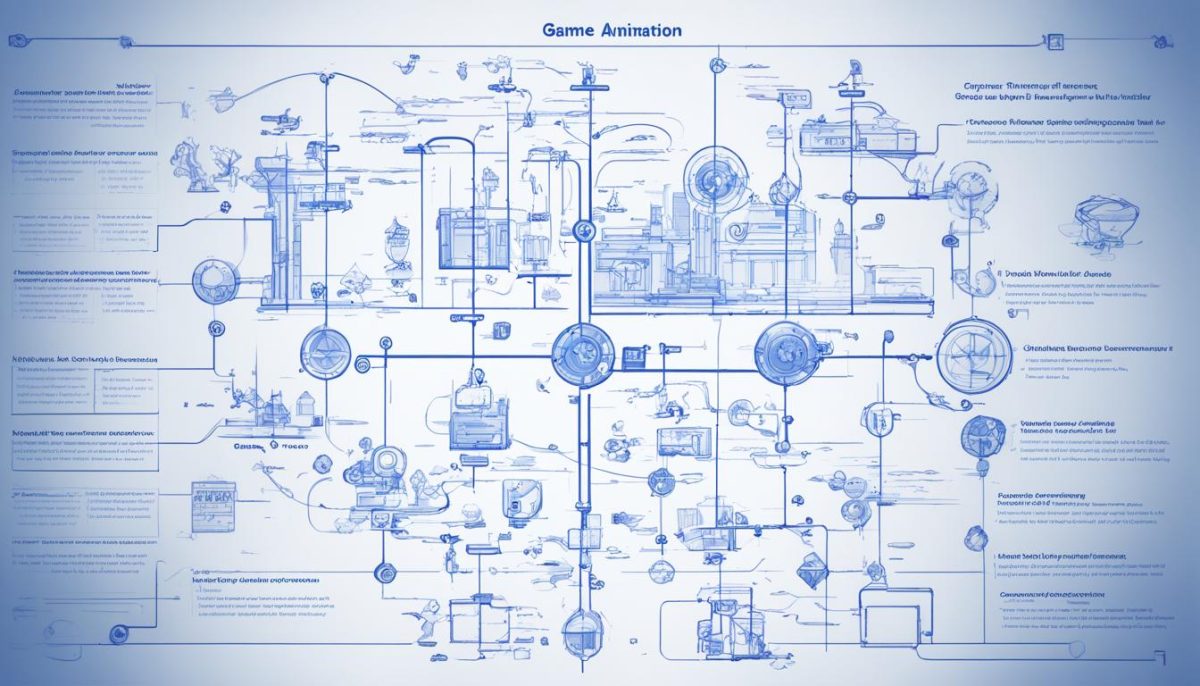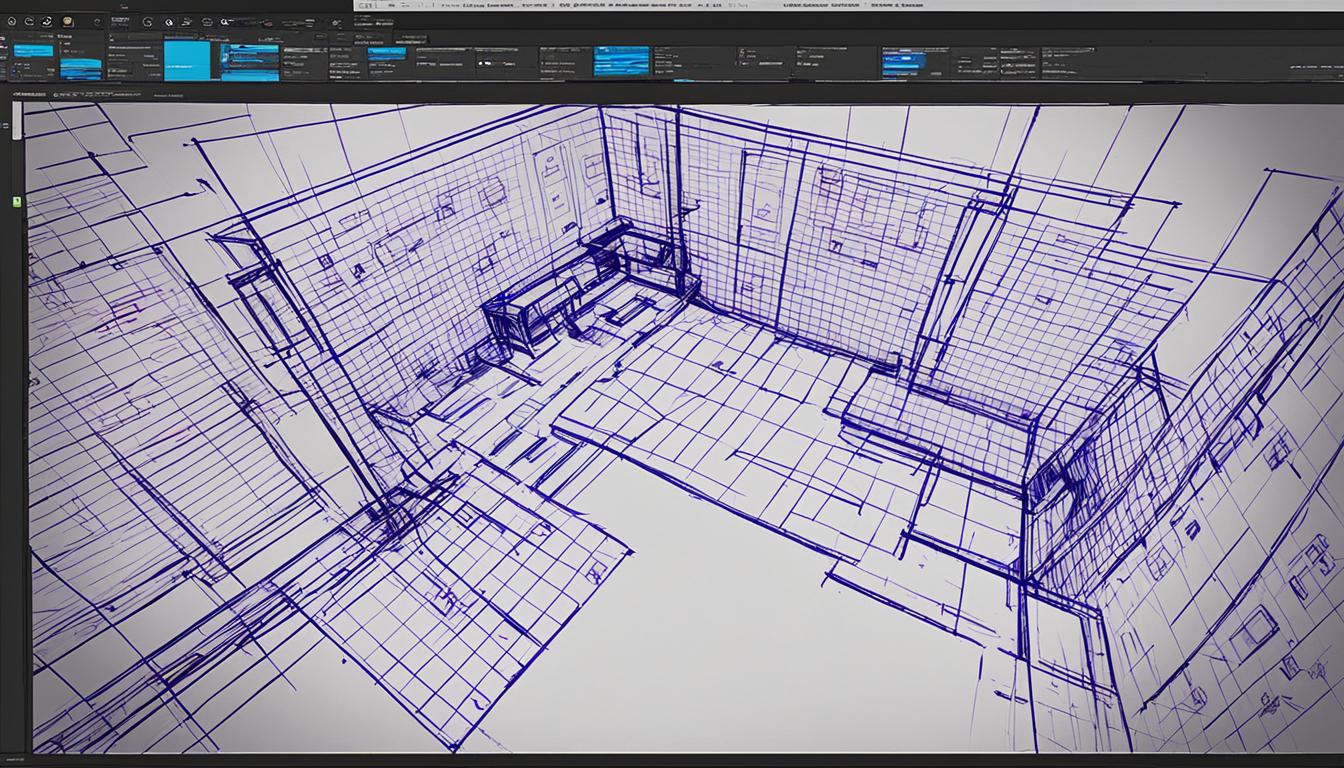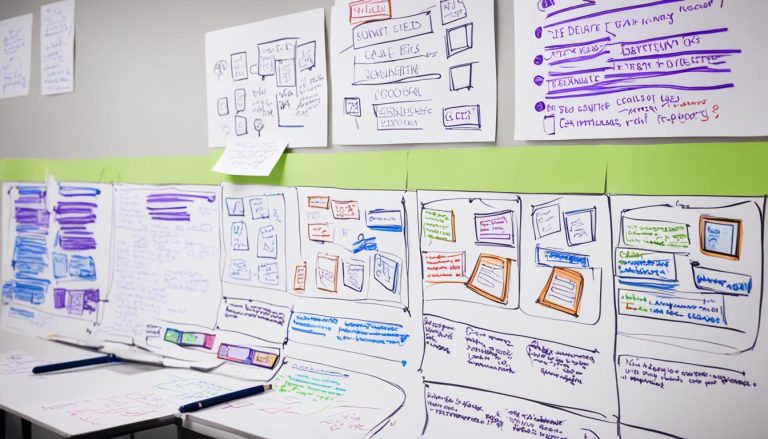Which Term Describes The Process Used To Plan Every Step Of A Game Animation
In the world of game animation, the process used to meticulously plan every step is essential in bringing virtual worlds to life. This planning ensures that the animations flow seamlessly, creating fluid motion that captivates players. By carefully mapping out each movement, game animators are able to create engaging visuals that enhance the overall gaming experience.
Through meticulous planning, game animators are able to transform static characters and environments into dynamic and interactive elements that immerse players in the game world. With attention to detail, they carefully craft each frame of animation to convey emotions, actions, and reactions.
Whether it’s the graceful flight of a dragon, the powerful swing of a sword, or the subtle expressions on a character’s face, meticulous planning brings these elements to life, making the virtual worlds feel vibrant and believable.
This section will delve into the importance of planning in game animation and how it plays a critical role in creating captivating and immersive experiences for players.
The Importance of Meticulous Planning in Game Animation
In the world of game animation, meticulous planning holds immense importance. It is the foundation upon which every breathtaking virtual world is built, ensuring seamless and captivating experiences for players.
When it comes to game animation, planning goes beyond just sketching out characters and creating storyboards. It involves carefully crafting each movement, scene, and interaction to achieve a cohesive and immersive experience. By strategically mapping out every step, animators can bring their visions to life with precision and finesse.
One of the key benefits of meticulous planning is the ability to create fluid motion within the game. By meticulously choreographing each action, from a character’s walk cycle to complex combat sequences, animators can achieve smooth and realistic movement that enhances the player’s immersion and engagement.

Moreover, planning plays a crucial role in achieving visually appealing and engaging animations. Through detailed storyboarding and concept art, animators can visualize the desired look and feel of the game. This enables them to experiment with various visual styles, color palettes, and lighting techniques, ultimately crafting stunning visuals that capture players’ attention.
Another aspect where planning proves its significance is storytelling. By meticulously planning the narrative elements within the animation, animators can create compelling and emotionally resonant experiences. From character arcs to plot progression, a well-thought-out plan ensures that the story unfolds seamlessly and keeps players invested in the game’s world.
Effective planning in game animation is the cornerstone of creating immersive virtual experiences. It brings together the technical aspects of animation, the power of visuals, and the magic of storytelling, all working in harmony towards crafting unforgettable gaming adventures.
In conclusion, meticulous planning in game animation is crucial for achieving a well-rounded and engaging gaming experience. By carefully mapping out each movement, visual element, and narrative beat, animators can create awe-inspiring worlds that captivate players and leave a lasting impression.
Techniques for Planning Every Step of Game Animation
Planning is a crucial aspect of game animation that ensures a seamless and captivating experience for players. Various techniques are employed to meticulously plan every step of the animation process, leading to the creation of visually stunning and engaging games.
Storyboarding and concept art are two essential techniques used in the planning phase. Storyboarding helps outline the key sequences of the game, allowing developers to visualize the narrative and gameplay elements. Concept art, on the other hand, brings characters, environments, and objects to life, providing a visual reference for the animation process.
In addition to storyboarding and concept art, animatics and previsualization play a vital role in planning game animation. Animatics are rough, timed sequences that help determine the timing and pacing of the animations. Previsualization takes it a step further by creating virtual prototypes of scenes, allowing developers to assess camera angles, character movement, and overall composition. These techniques aid in refining the animation before the final production phase.
Motion capture and keyframe animation are also popular techniques utilized for planning and executing game animations. Motion capture involves recording the movements of actors or objects to create lifelike character animation, resulting in fluid and realistic motion. Keyframe animation, on the other hand, allows animators to define specific poses or positions at key moments, providing full control over the character’s movements and expressions.
By employing a combination of these planning techniques, game developers can ensure that every step of the animation process is meticulously planned and executed, resulting in visually stunning, immersive, and engaging game experiences.







